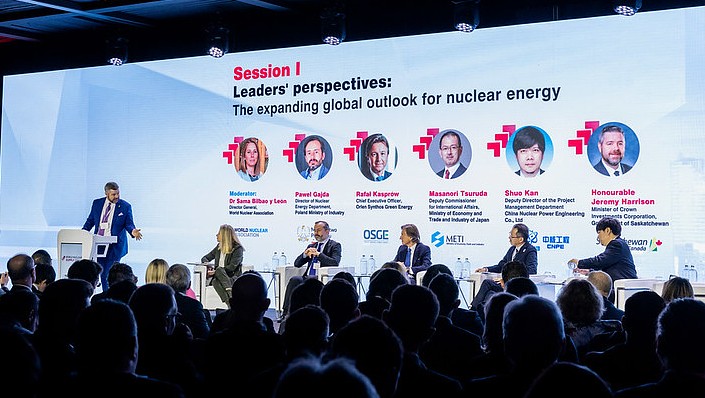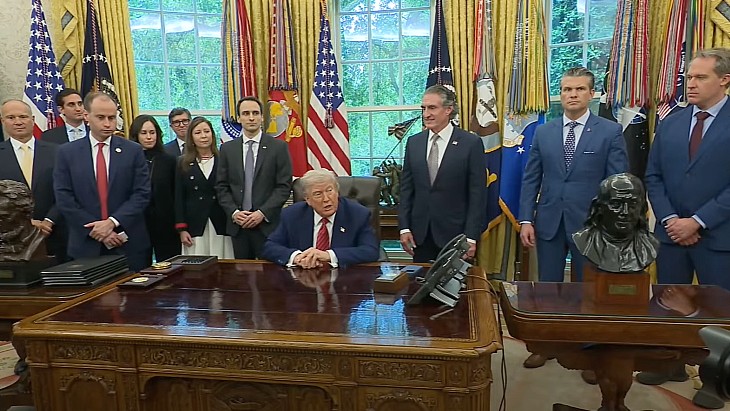SMR proposals progress through Canadian process
.jpg)
Last April, CNL invited SMR project proponents to evaluate the construction and operation of a demonstration SMR project at a site it manages. CNL said the invitation represented the launch of its SMR review process, including the pre-qualification stage, which allows CNL to evaluate the "technical and business merits of proposed designs, assess the financial viability of the projects, and review the necessary national security and integrity requirements". The invitation will remain open, CNL said, with rounds of intake periods expected to occur semi-annually.
The invitation followed CNL's request for expressions of interest in SMRs, launched in June 2017, which resulted in responses from 80 organisations around the world, including 19 expressions of interest in siting a prototype or demonstration reactor at a CNL-managed site. CNL aims to have a new SMR constructed on its Chalk River site by 2026.
In an update to the invitation process on 15 February, CNL said StarCore Nuclear and Terrestrial Energy had completed the prequalification stage and been invited to enter the due diligence stage.
"In these stages, CNL will evaluate with increased rigour, the technical and business merits of the proposed designs, assess the financial viability of the projects, and review the necessary national security and integrity requirements," CNL said.
StarCore has proposed a 14 MWe high-temperature gas reactor while Terrestrial has put forward its 195 MWe Integral Molten Salt Reactor (IMSR).
"The completion of stage one of the Canadian Nuclear Laboratories siting invitation is another important step on our path to market our revolutionary Generation-IV Advanced SMR," said Terrestrial Energy CEO Simon Irish. "Our affordable IMSR power plant will produce heat and power that is emission-free and cost competitive with fossil fuels. We appreciate CNL's stage one assessment of our IMSR siting proposal and look forward to working closely with CNL's expert staff during stage two."
Global First Power (GFP) with its partners Ontario Power Generation and Ultra Safe Nuclear Corporation has already progressed through the second stage of the invitation process, and has been invited to participate in the third stage. This stage involves preliminary, non-exclusive discussions regarding land arrangements, project risk management, and contractual terms. The GFP team is proposing a 5 MWe high-temperature gas reactor.
CNL noted, "These negotiations are not an indication of project approval, and the proposal and proponent must satisfy further stringent evaluation."
The fourth and final stage, project execution, will include construction, testing and commissioning, operation and ultimately decommissioning of the SMR unit.
"It is important to note that all projects are subject to regulatory processes and requirements. The licensing process is entirely independent of CNL's invitation and evaluation stages," CNL said.
The Canadian Nuclear Safety Commission is conducting pre-licensing vendor design reviews - an optional service to assess a nuclear power plant design based on a vendor's reactor technology - for ten small reactors with capacities in the range of 3-300 MWe.
_92619.jpg)


_84504.jpg)







